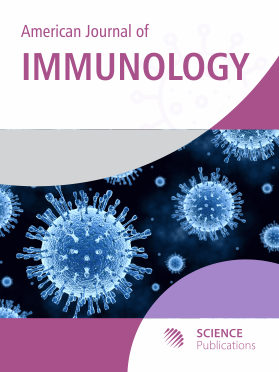Exocellular (1→6)-β-D-Glucan (Lasiodiplodan): Carboxymethylation, Thermal Behavior, Antioxidant and Antimicrobial Activity
- 1 Federal University of Technology - Paraná (UTFPR), Brazil
- 2 State University of Londrina, Brazil
- 3 Universidade Tecnológica Federal do Paraná, Brazil
Abstract
β-Glucans are biomacromolecules of industrial interest for its biological and technological properties, including ability to modify the rheology of food systems and different biological functionalities. In this study, lasiodiplodan an exocellular polysaccharide of the (1→6)-β-D-glucan type produced by the fungus Lasiodiplodia theobromae MMPI was obtained in a bench-scale bioreactor operated in discontinuous mode. Lasiodiplodan produced was derivatized by carboxymethylation and characterized by Fourier Transform Infrared spectroscopy (FT-IR), Thermogravimetry and Differential Thermal Analysis (TG-DTA), X-Ray Diffraction (XRD), scan electron microscopy (SEM) and their antioxidant and antimicrobial potential also was assessed. Two strong absorption bands in the regions of 1422 to 1598 cm-1, resulting from symmetric and asymmetric stretching vibrations of the -COO- group respectively, were observed in the FT-IR spectrum of the derivatized sample and indicated the carboxymethylation of the macromolecule. TG-DTA curves indicated that native (LAS-N) and carboxymethylated (LAS-C) lasiodiplodan did not suffer significant changes in relation to the heating rates. Native and carboxymethylated lasiodiplodan demonstrated high thermal stability considering the usual standards of the pharmaceutical industry. The final temperature of thermal decomposition increased when the heating rate was increased and less number of steps for thermal decomposition was observed when air was substituted for nitrogen. XRD analysis showed the LAS-N and LAS-C have no crystalline structure, but carboxymethylation led to the arising of regions with certain molecular orientation in biopolymer structure. SEM analysis showed that the carboxymethylation promoted changes in biopolymer macrostructure, including breaking of the polymeric structure and arising of bubbles on the surface area. Carboxymethylation contributed to improving the polysaccharide's antioxidant capacity and LAS-C demonstrated antimicrobial activity against Candida tropicalis.
DOI: https://doi.org/10.3844/ajisp.2017.19.33

- 4,544 Views
- 2,726 Downloads
- 26 Citations
Download
Keywords
- Exopolysaccharide
- Bioactivity
- Chemical Derivatization
- Macromolecules
- Lasiodiplodia theobromae
